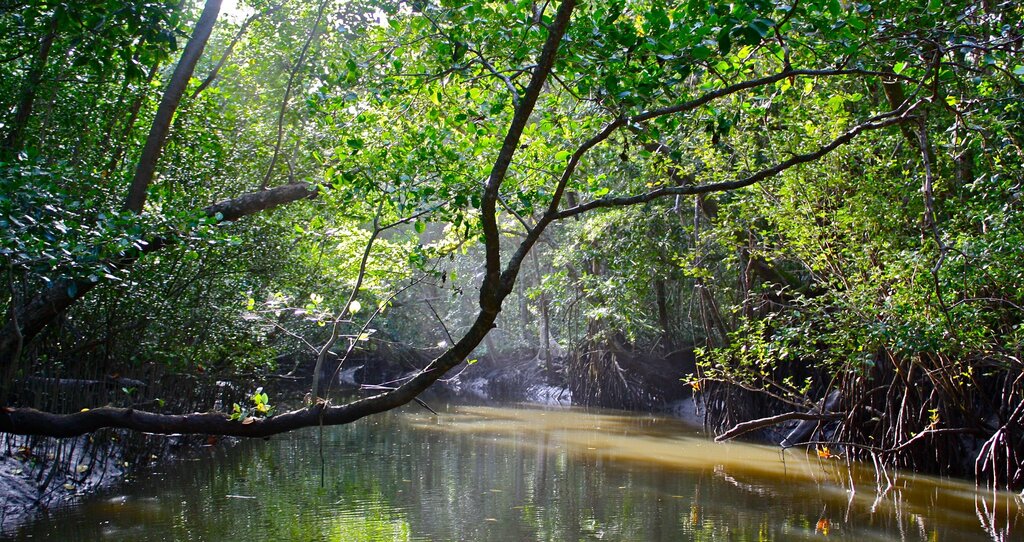Ownership of Australia’s Daintree rainforest is returned to the hands of the Aboriginal people in a historic deal with Queensland state government.
—
What is Happening?
- The world’s oldest rainforest, Daintree in Australia, was handed back to its Aboriginal custodians in a historic agreement.
- The UNESCO World Heritage site will now be managed between the Eastern Kuku Yalanji people and Queensland’s state government.
Australia’s Daintree rainforest, also known as the world’s oldest tropical rainforest, has been returned to the hands of the Aboriginal Eastern Kuku Yalanji people in a historic agreement.
Located on Queensland’s northeast coast bordering the Coral Sea, Daintree encompasses roughly about 2.2 million acres of Australia’s Wet Tropics. The UNESCO World Heritage Site is also home to over 3,000 plant species, 107 mammals, 368 bird and 113 reptile species, and is recorded to be over 180 million years.
Along with the Great Barrier Reef, Daintree is one of the most popular tourist destinations in Australia, attracting visitors to its forest vistas, wild rivers, waterfalls, gorges and white sandy beaches.
Aboriginal peoples have continuously lived in the Daintree and other areas of the Wet Tropics for at least 5,000 years, according to the government.
The agreement returns more than 395,000 acres of land from four of Australia’s national parks including Cedar Bay (Ngalba-bulal), Black Mountain (Kalkajak) and Hope Islands National Parks, to the Aboriginal people.
Negotiations over the Daintree rainforest agreement took over four years to complete, with the Eastern Kuku Yalanji Bama eventually taking sole control of the site management.
The Ingenious group will be provided opportunities for mentoring, training, apprenticeships, work experience and employment, and “to fill positions from a wide range of skilled trades, land and sea management, hospitality, tourism, and research so that we are in control of our own destinies”, said in an official statement. They will also receive annual funds from the country to help manage the sites.
Environment Minister Meaghan Scanlon said the agreement is a step towards reconciliation with the country’s Aboriginal people and recognising the Daintree as “one of the world’s oldest living cultures”.
“This agreement recognises their right to own and manage their Country, to protect their culture, and to share it with visitors as they become leaders in the tourism industry,” said Scanlon in a statement. “These national parks will protect important Aboriginal cultural sites, diverse ecosystems including rainforests, woodlands, wetlands and mangroves, and form part of the Wet Tropics World Heritage Area which is recognised as the second most irreplaceable world heritage site on Earth.”
You might also like: How Protecting Indigenous Lands Can Help Mitigate the Climate Crisis
Featured image by: Flickr


















